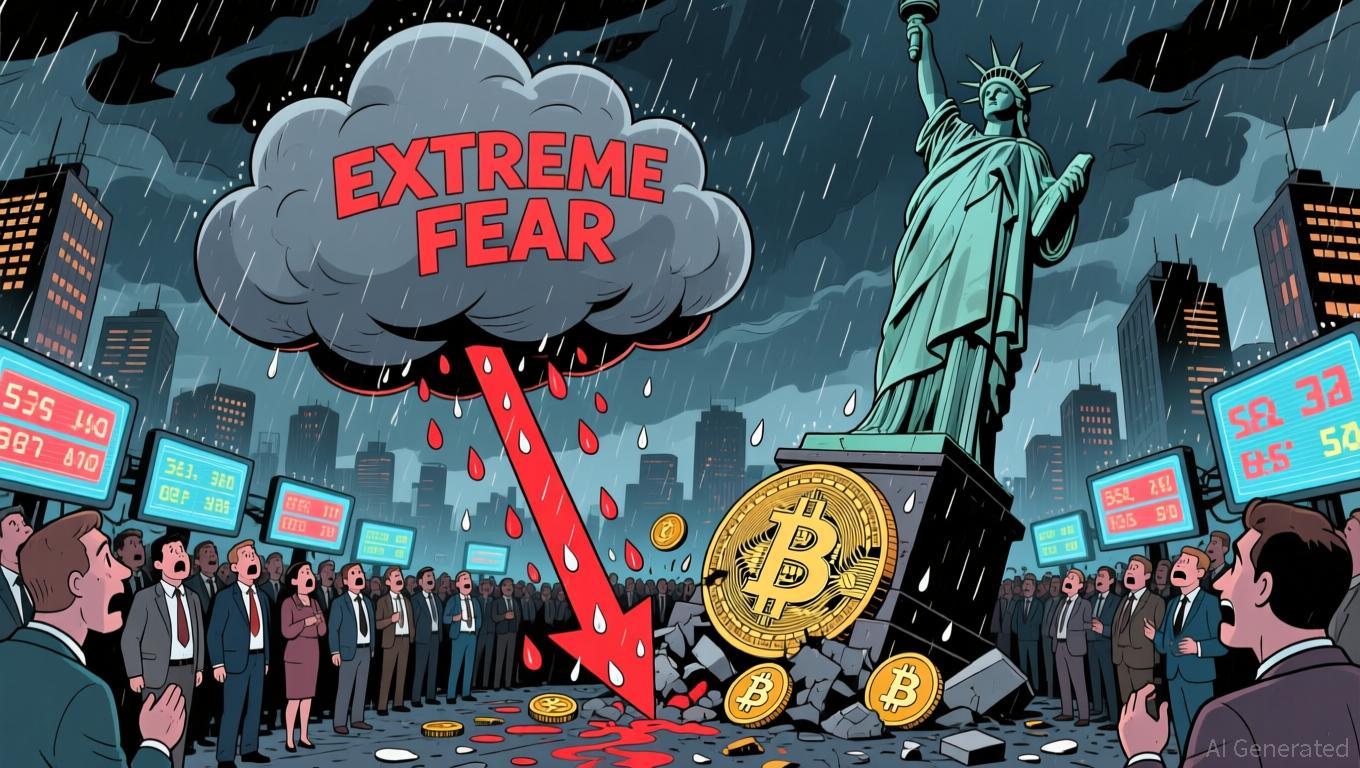3 Countries That Could Send XRP Soaring in 2026
Ripple’s XRP token may be heading for an unexpected tailwind. Three major jurisdictions are preparing regulatory and adoption changes. These changes could transform how institutions use the digital asset in 2026. In an exclusive interview with BeInCrypto, Bitget Wallet CMO Jamie Elkaleh said Japan is likely to deliver the biggest near-term impact for XRP adoption.
Ripple’s XRP token may be heading for an unexpected tailwind. Three major jurisdictions are preparing regulatory and adoption changes. These changes could transform how institutions use the digital asset in 2026.
In an exclusive interview with BeInCrypto, Bitget Wallet CMO Jamie Elkaleh said Japan is likely to deliver the biggest near-term impact for XRP adoption.
“Japan already features live remittance corridors using XRP as a bridge asset. Most notably, SBI Remit operates corridors where transfers from Japan settle into Southeast Asian bank accounts,” he said. Because these corridors are already live rather than experimental, “the path from adoption to visible usage is shorter.”
The UAE Emerges as a High-Potential Market
However, Elkaleh added that the UAE is quickly emerging as another high-potential market. The country’s virtual asset regime, through the Virtual Assets Regulatory Authority (VARA) and the UAE Central Bank, has created an environment tailor-made for crypto payment infrastructure. “A regulatory regime tailored to virtual assets and a growing presence of Ripple Labs in the region make it a strong candidate for next-wave adoption,” he noted.
Meanwhile, Europe is setting the stage for long-term scalability through its Markets in Crypto-Assets (MiCA) framework. Although the regulation is now in effect, regulators are still finalising several secondary rules. Transition periods extending into 2026 mean the framework is still maturing. But Elkaleh cautioned that adoption there could take longer: “Institutions tend to move cautiously and the rails are still consolidating.”
Real-World XRP Usage Drives Adoption
Ripple’s advantage, Elkaleh said, is that Japan has already moved beyond pilot projects. “The remittance operations using XRP by SBI Remit are live and accessible, demonstrating that XRP is being used in real operational settings,” he explained. This means scaling up is now a matter of volume, not validation.
The UAE and wider MENA region are nearing a tipping point. Regulatory frameworks are aligning. VARA licensing, Ripple’s DFSA license in Dubai, and partnerships in Bahrain reduce compliance and legal hurdles for formal settlements. While these flows don’t yet match Japan’s scale, “the ecosystem is poised for expansion.”
In light of this, Elkaleh said that in Europe, progress will likely be slower. “MiCA and related regulatory clarity are preparing banks and remittance firms, but institutions are likely to deploy large-scale XRP-based settlement further out,” he said.
Regulatory Clarity Could Trigger Market Moves in Stages
Looking ahead, Elkaleh believes that regulatory clarity in 2026 could translate into market price action for XRP, and could unfold in specific stages throughout the year. “For regions with existing corridors and active projects, new flows could materialize within months after regulatory green-lights. In other regions, particularly Europe, the conversion from clarity to scale might take 12 to 24 months. Institutions will need to align treasury policies, integrate systems, and begin live XRP settlement,” he said.
Ultimately, the Bitget Wallet executive said, price movements will follow real-world adoption: “Markets tend to respond not simply to regulatory announcements but to evidence of actual usage, liquidity and adoption metrics.”
Together, these changes create a rare alignment across Asia, the Middle East, and Europe, combining regulatory clarity with operational momentum. For XRP investors and crypto watchers, 2026 may be the year the token’s utility, not speculation, starts to drive market value.
Disclaimer: The content of this article solely reflects the author's opinion and does not represent the platform in any capacity. This article is not intended to serve as a reference for making investment decisions.
You may also like
Japan Unveils $110B Stimulus: Major Shift from Fiscal Restraint to Economic Expansion and National Security
- Japan's PM Sanae Takaichi unveils $110B stimulus to combat stagnation and bolster security amid China tensions. - Plan includes tax cuts, utility subsidies, defense spending, and strategic investments in AI, semiconductors , and shipbuilding. - Funded by 14-trillion-yen supplementary budget, with potential expansion to 20-trillion-yen ($133B) as per analyst estimates. - Shift from austerity reflects Takaichi's hardline security stance and response to China's travel advisory over Taiwan remarks. - Impleme

Bitcoin News Update: Bitcoin Reaches $96K Amidst Institutional Interest and Challenges from Regulations and Price Barriers
- Bitcoin surged past $96,000 as buyer accumulation and seller exhaustion drove short-term recovery, though $106,000–$118,000 remains a key resistance zone. - Harvard’s $443M investment in BlackRock’s IBIT highlights growing institutional adoption, contrasting traditional preferences for private equity. - Bitcoin Depot reported 20% Q3 revenue growth but faces regulatory challenges, expanding internationally while projecting Q4 declines due to compliance costs. - MicroStrategy’s Michael Saylor denied Bitcoi

Bitcoin News Today: Bitcoin Faces $62K Drop Threat Amid Fed's Data Silence Predicament
- Bitcoin faces $62K crash risk amid Fed uncertainty caused by U.S. government shutdown's "data blackout" disrupting inflation/labor data. - Post-Nov 13 reopening saw BTC rebound above $102K, but markets remain fragile with 20% decline from October peak despite $140B ETF growth. - Fed rate cut odds dropped to 52% for December, creating volatility as institutions like Harvard Endowment invest $443M in Bitcoin ETFs. - U.S. miners struggle with 37.75% global hashrate share amid lack of federal incentives, con

Bitcoin Updates Now: Crypto Faces a Standstill as Market Anxiety Meets Harvard’s Confident Bitcoin Investment
- Alternative Data's Fear & Greed Index hit record low 10 on Nov 16, signaling extreme crypto market fear and frozen investor sentiment. - Bitcoin fell 5% to $96,000 while CD20 lost 5.8% as profit-taking, liquidations, and liquidity declines accelerated selloffs. - Rising U.S. Treasury yields and central bank uncertainty worsened losses, with Nansen noting "perfect storm" of macro risks and institutional outflows. - Harvard's $443M IBIT ETF investment contrasts current bearishness, highlighting diverging i

